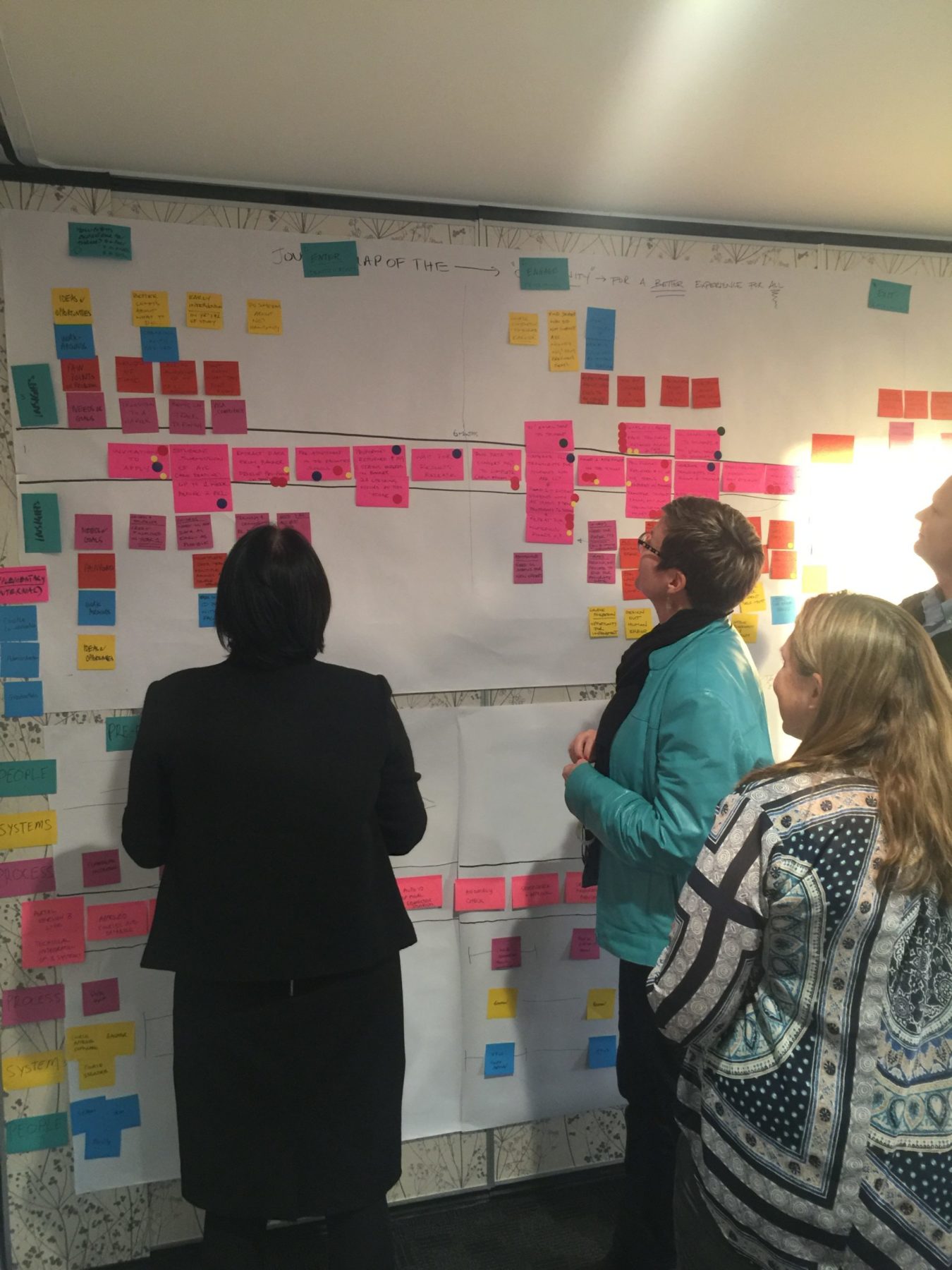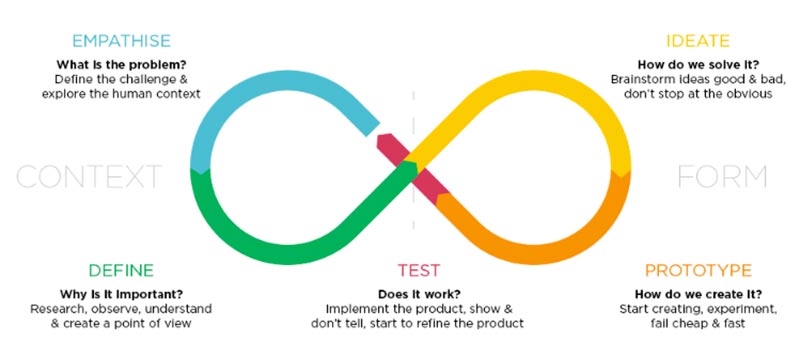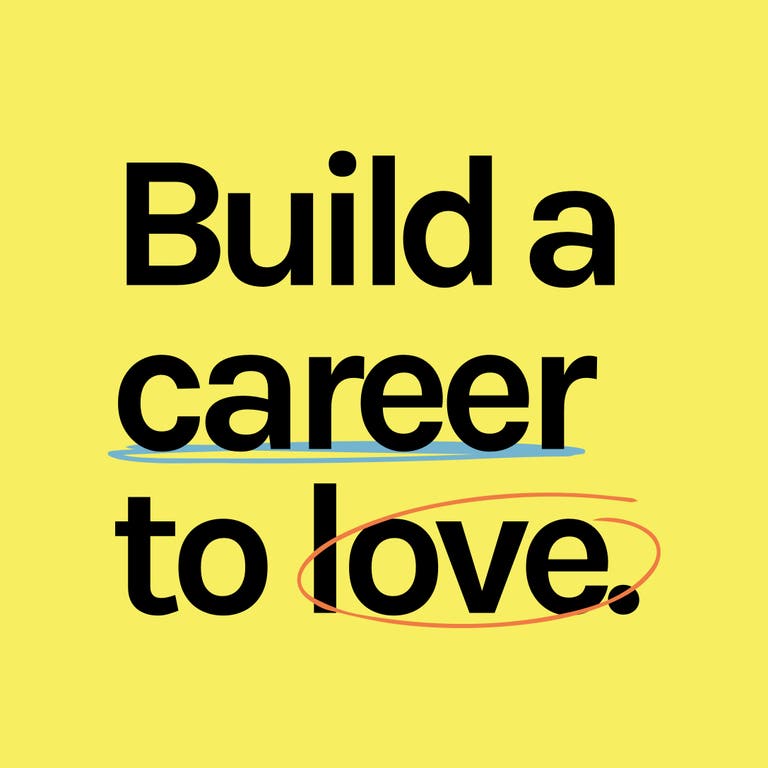I still remember it like it was yesterday. The first time I attended a Design Thinking workshop was in Auckland in 2012 with the tutors from Stanford D-School. I was fresh off a boat from London having left my job in banking about 3 weeks earlier, to return to NZ to start work as Director of Better by Design. I had no idea what I had joined, but it was about to change my life.
To say I was out of my comfort zone would be an understatement. It was the strangest thing. The D-school guys were teaching us the methodology in their world famous way – “learning by doing”. Everyone was mucking about with post-it notes, cardboard and prototypes. Coming from a world of excel spreadsheets and powerpoint, it was truly strange. Intellectually – I got it – in fact, I deeply connected with the process as I had intuitively been doing that my whole career. Since the 90s when I was in advertising, I would get a brief from the client and the first thing I would say is “can I speak to some of your customers”.
But what was messing with my head, was HOW they were working. It was playful, collaborative, and status-less. Everyone had a voice. There was no hierarchy and mad ideas were celebrated. You could have a go at things and failing was OK and talked about. This was not what I was used to and it pushed me to the sidelines. Fortunately the D-School guys noticed and gently nudged me rightly back into the middle of the circle, to try again. My brain was working hard to adapt to this new way of working.
It took me over a year to adjust. Mainly because it had challenged everything that had made me successful in my career. I had worked hard and learned to rise to the top of organisations by leveraging control, and by being right. I had status and status meant you were in charge and made decisions. Design Thinking challenges all that. In a really humanistic and powerful way.
But what happens when you try to integrate it into a traditional organisation, is it messes with people’s heads and their emotions. I’ve seen integration programmes go really well and go horribly wrong. And the common denominator is the need to bring people along on the journey and allow them to individually choose to make it work for them, as opposed to being told by their employer ‘you have to change’.
More and more companies and changing the way they work due to A.I and other disruptive technologies, and they are increasingly turning to Design Thinking & Agile methodologies to create the cultures of the future.
However often the un-intended consequence is disruption to human lives. People have worked hard to get where they are, and have both learned and entrenched ways of working that have served them well. To give this up for an unknown future is hard. It’s like moving countries and suddenly discovering all your clothes, slang and routines just don’t work anymore.
But here’s where it gets exciting. Design Thinking & Agile is evolving corporate culture back to what is primarily a more humanistic and intuitive way of working, and in doing so creates amazing opportunities for you and your workforce. Frankly, it sets people free. To be all that they can be. To be purposeful, intentional and their most creative every day when they show up at work. And to unlock their true potential, so they don’t walk out the door with it and the opportunity is lost, for both of you.
I see people every day at START Now who are planning to leave their organisation because they feel change is being ‘done to them’, and the organisation hasn’t asked or invited them to contribute and find a way to be their best.
If you are implementing cultural change or organisational change like Design Thinking or Agile, the key is to position the opportunity to people early and invite them to ‘imagine their own possible alternate future’ as part of the new way of working. To allow them to see how this opens up a new way of working for them within the organisation.
All humans want to evolve and learn. Most people in their 40s+ are looking for more creative ways to work and a fresh start. I believe we are all at heart ‘multi-potentialites’, and with a little bit of help we can all find our own ‘human innovation’.
Here at START Now, we have re-purposed design thinking to enable human evolution and are helping people to embrace change as a positive – not as something thats filled with risk, dread and fear. Whether that change is within the organisation or outside, the goal is to unlock employees true potential and get them self-directed and mobilised to find happiness and purpose in their work.
I encourage New Zealand organisations to be brave and embrace this new methodology with your employees. Its a movement thats already started in Silicon Valley with the rise of the Stanford Design your Life programme, now having remarkable impact. Lets positively and iteratively allow our workforce to re-invent themselves – with us, and along the way, send the blunt instrument of ‘re-organisation and redundancy’ to the scrap heap.





